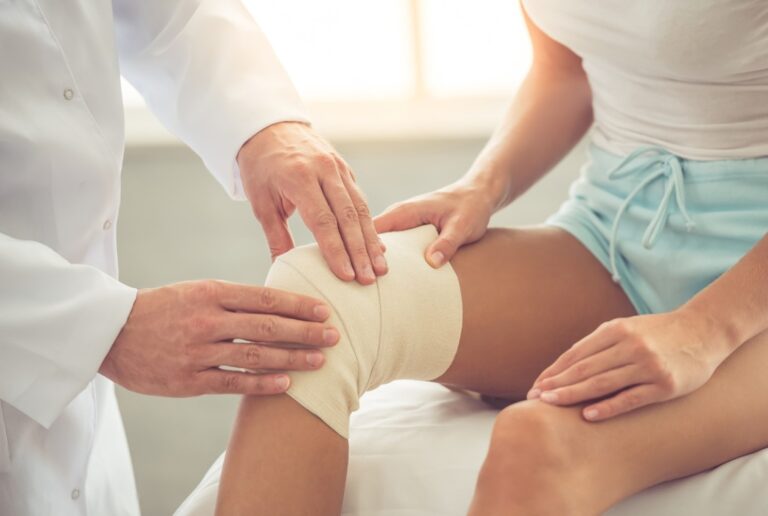Fractures and Dislocations
Working Hour
Jubilee Memorial Hospital Palayam
Mon/Wed/Fri
10:30 AM -1 PM
SUT Pattom Hospital
Wed
5 PM – 6:30 PM
Brain & Bone Clinic Elipode
Mon/Fri
5 PM – 6:30 PM
Palaestra Clinic Kowdiar
Tue/Thu
5 PM – 6:30 PM
Credence Hospital
Sat
10 AM – 11.30 AM
Time’s not Flexible?
Let’s Find a Feasible Time to Consult Doctor
Frequently Asked Questions
What’s the difference between a fracture and a dislocation?
A fracture is a broken bone, while a dislocation occurs when a bone is displaced from its joint
How long does it take for a fractured bone to heal?
Healing time varies, but most fractures heal in 6-8 weeks with proper care, depending on the bone and severity.
Can a dislocated joint heal on its own?
Dislocations typically require medical treatment to realign the bones, with some cases needing surgery for full recovery.
Fractures and Dislocations

At Arun Jyothi, we provide the best Fractures and Dislocations Treatment with expert care tailored to each patient. A fracture is when a bone breaks or cracks, usually due to high-impact force or stress. It can also happen if someone has a condition like osteoporosis, which weakens bones, or from repeated small stresses over time, causing what’s called a stress fracture. Fractures vary in severity, and treatment often depends on the type and location of the break.
A dislocation happens when a bone slips out of its normal position at a joint. This can result from sudden trauma or impact. Dislocations can also damage surrounding tissues like ligaments, tendons, or nerves. Joints like the shoulder, fingers, and jaw are more prone to dislocation due to their wide range of motion and less structural support.
Dislocations and fractures may look similar, with visible deformities, swelling, and pain. Sometimes a dislocated joint will move back into place on its own, but often it needs medical help. Since it can be hard to tell a dislocation from a fracture without an X-ray, it’s safest to treat both as serious injuries and seek medical care immediately.
Causes
Fractures and dislocations often occur when a joint or bone is hit with more force than it can handle. Common causes include falls from heights, direct blows, accidents, or sports injuries. Certain medical conditions like osteoporosis or bone cancer can weaken bones, making them more prone to breaking. Repetitive stress from overuse can also lead to small cracks known as stress fractures.
Symptoms
The main symptoms include:
- Visibly out-of-place or a misshapen limb
- Intense pain
- Swelling, bruising or bleeding
- Numbness and tingling
- Broken skin with bone protrusion
- Loss of motion
Getting timely Fractures and Dislocations Treatment is key to preventing further injury and ensuring proper healing. At Arun Jyothi, we ensure timely care with on-site diagnostic facilities and expert interventions tailored to the severity and type of injury. Treatment may involve repositioning bones, pain management, immobilization, or rehabilitation, depending on the condition
- On-site X-ray for accurate diagnosis
- Bone or joint repositioning (manipulation)
- Pain relief medications
- Use of splints or slings
- Cast application (plaster or fiberglass)
- Bracing for support
- Surgical correction (if necessary)
- Physical rehabilitation and recovery support
OUR BENEFITS
Benefits of Dr. Arun Jyothi's Care
Dr. Arun Jyothi, Senior Consultant in Orthopaedics and Sports Medicine, treats complex injuries from high-risk jobs like industrial work, law enforcement, sports, and defence. He helps individuals recover fully and return to work strong, confident, and pain-free through advanced treatments and personalized care.
Expert Sports Injury Care
Accurate care for all sports-related injuries.
Personalized Recovery Plans
Custom rehab strategies for faster recovery.
Trusted Ortho Expert
18 years of experience in joint care & sports.
CALL TO ACTION
Expert Help for All Your Orthopedic Needs
Have questions about our treatments or services? Don’t hesitate, our team is here to help you every step of the way with expert guidance and personalized care. Feel free to reach out anytime, your recovery and comfort are our top priorities.


